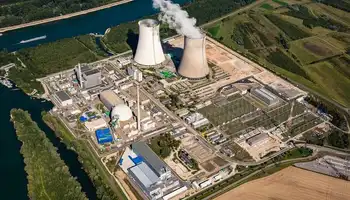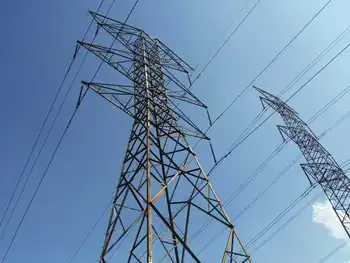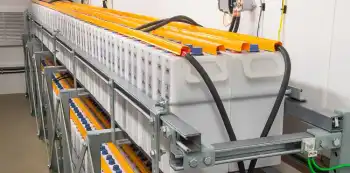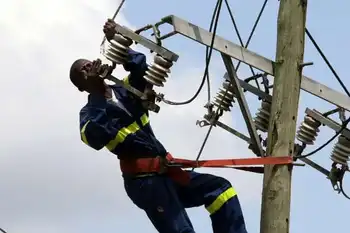TVA intends to meet the energy demand
By The Tennessean
Protective Relay Training - Basic
Our customized live online or in‑person group training can be delivered to your staff at your location.

- Live Online
- 12 hours Instructor-led
- Group Training Available
The region's economy continues to grow, and the demand for TVA electricity in the next decade is expected to continue to grow at its current rate of almost 2 percent a year. Since 1994, peak demand on the TVA system has grown about 10,000 megawatts, an amount equal to the power needed to serve the region's five largest cities — Memphis, Nashville, Knoxville, Chattanooga and Huntsville.
This fall, TVA began work to complete Unit 2 at Watts Bar Nuclear Plant by 2013, which will add about 1,200 megawatts to the system. TVA also committed $20 million in the 2008 budget to develop an energy-efficiency plan. The plan will outline TVA programs to reduce growth in power use by 1,200 megawatts by 2013 and identify programs to further reduce the growth in power demand over the next decade.
Even with these reductions and additional generation from Watts Bar, the region's growth in power demand will require another generating unit as large as the Watts Bar unit by 2017.
To meet this growth, TVA can build new plants or buy power from other utilities or independent suppliers. The increasing volatility of the energy market makes reliance on other suppliers a less attractive option for meeting long-term needs, because it would cost our customers significantly more, even if we can get the energy when we need it.
Currently, nuclear and fossil fuels are the only economically viable options for generating large amounts of electricity needed to serve growing communities. Renewable energy technologies are evolving, but have not reached the point where they can supplant the large generating resources needed to reliably sustain the electricity demands of today's society.
At the end of October, TVA and 12 other members of a consortium of electric utilities and nuclear suppliers took the first step toward the possible construction and operation of two advanced commercial nuclear power reactors at the Bellefonte site in north Alabama.
At this point, no decision has been made on whether to build the two generating units. The application offers a cost-effective way to preserve the nuclear power option while evaluating other alternatives. The Nuclear Regulatory Commission will take four years to review and decide whether a construction and operating license should be granted.
TVA will be working with its utility and industrial customers to develop programs that lead to more cost-effective use of our existing generating resources. It will take all the options — renewable energy, energy efficiency and new generation — to meet our future energy needs, and TVA is committed to working with our stakeholders to make sure we can continue to reliably supply the electricity needed to preserve the quality of life and to enable economic development across the Tennessee Valley.











